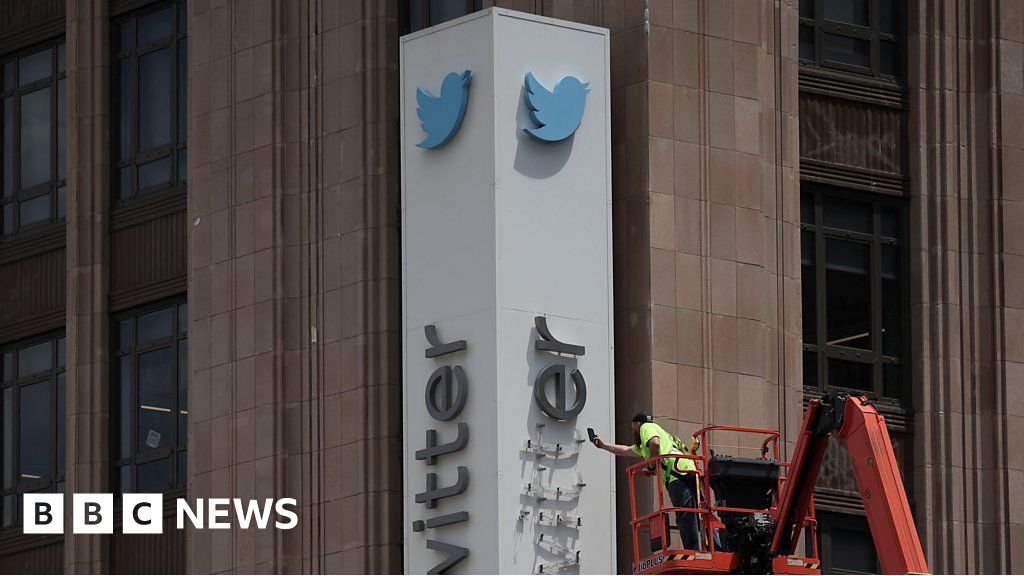
Silicon Valley got its name from computer chips but no longer plays a central role in shaping how they are made. A major supplier to the industry wants to change that.
Applied Materials, the largest maker of semiconductor production machines, said on Monday it plans to build a large research facility near its hometown of Santa Clara, California, to allow chipmakers and universities to collaborate on more powerful chips. Industry analysts say Silicon Valley hasn’t seen a similar semiconductor construction project in more than 30 years.
The company expects to invest up to $4 billion in the project over seven years, funded in part by federal subsidies, while creating as many as 2,000 engineering jobs.
The plan is the latest in a string of chip-related projects fueled by the CHIPS Act, a $52 billion subsidy program passed by Congress last year to reduce U.S. reliance on Asian factories for key components. What makes Applied Materials special is its focus on research, not manufacturing, and a major new commitment to the original center of the industry.
Chipmakers who grew up in Silicon Valley have long chosen lower-cost states and countries to build new “fabs,” precision factories that make chips from silicon wafers. But Applied Materials is betting that the technical talent at nearby universities and local companies that design chips will quickly spur innovation and make up for the cost difference with other locations.
“You can connect with more leaders in this ecosystem here than anywhere in the world,” said Applied Materials CEO Gary Dickerson. “There’s no other place like it.”
Applied Materials hosted an event in Sunnyvale, Calif., on Monday to discuss the project, drawing a large audience that included employees, customers, city officials and Vice President Kamala Harris.
The company said it will use a 150-pound silicon wafer, which one executive described as “the largest silicon wafer in Silicon Valley,” as the cornerstone of the new center.
Politicians of both parties support the CHIPS Act, in part because of fears that China could one day take control of Taiwan and the factories that make the most advanced chips there. In addition to encouraging domestic chip manufacturing, the legislation also allocated about $11 billion to stimulate related research and development.
Chip research is now being conducted in several stages at multiple sites, including university laboratories and collaborating centers such as the Albany Nanotechnology Center in New York. Applied Materials works with other companies at the center and operates a research facility in Silicon Valley where chipmakers can use its machines and those of other toolmakers.
But much of the core work in developing new production processes is done by chipmakers in fabs equipped with various equipment. The proposed center, dubbed Epic by Applied Materials, will have an ultra-clean production space larger than three football fields and is designed to provide university researchers and other engineers with similar resources to experiment with new materials and technologies for making advanced chips .
One goal is to reduce the time it takes for new ideas to flow from research labs to companies designing new manufacturing equipment, information that is now often delayed as it filters through chipmakers.
“The problem is that these customers take time to figure out what they need,” H.-S. said. Philip Wong, a professor of electrical engineering at Stanford University, was briefed on the company’s plans. “There’s a big hole in there.”
Applied also said chipmakers will be able to reserve space at the center and try out new tools before they hit the market.
The plan depends in part on Applied’s ability to receive subsidies under the CHIPS Act, which the Commerce Department says has attracted interest from more than 300 companies. Mr Dixon said the company planned to build the center anyway, but government funding could affect the size of the project.
G. Dan Hutcheson, vice chairman of market research firm TechInsights, said that assuming the center develops as planned, it could significantly strengthen Silicon Valley’s role in chip development.
“It’s really a vote of confidence in Silicon Valley,” he said.






